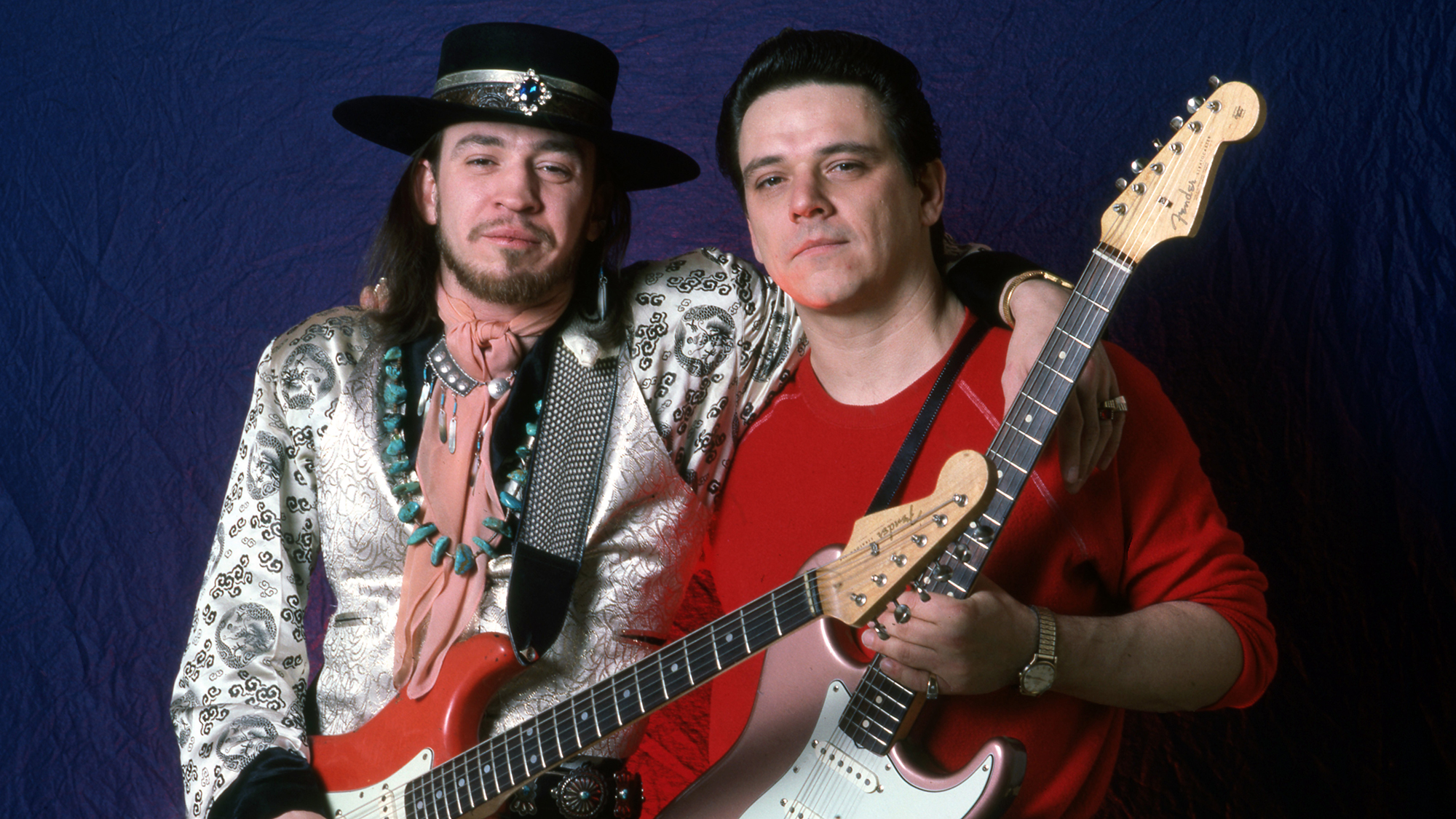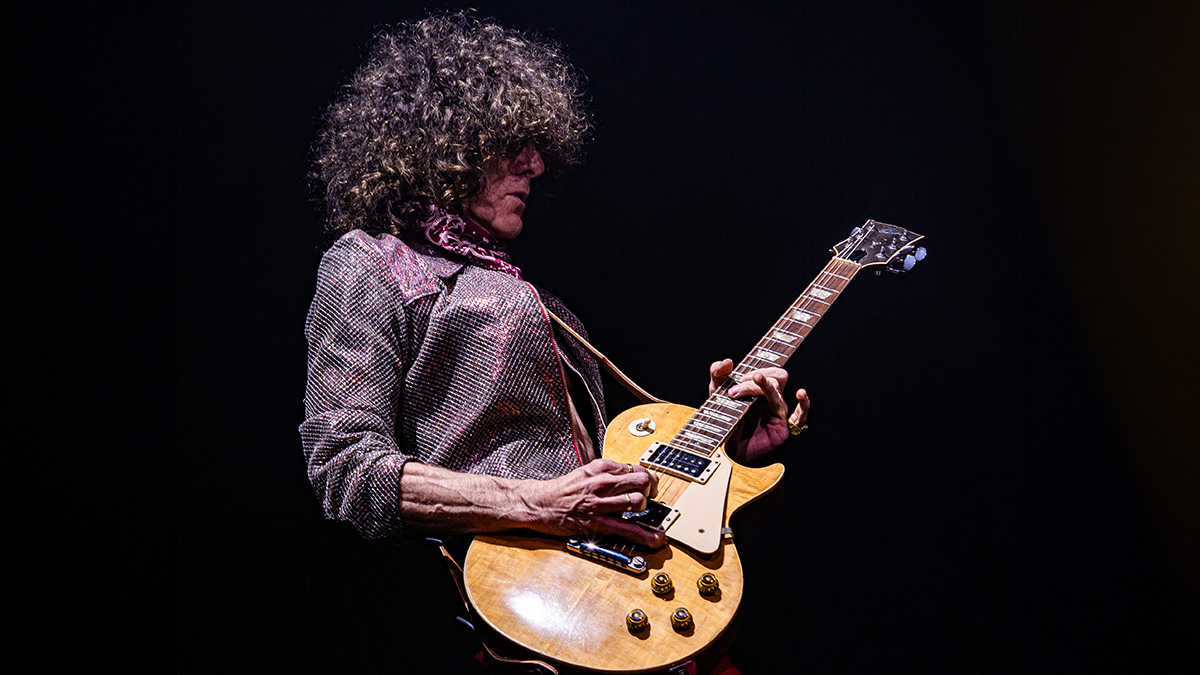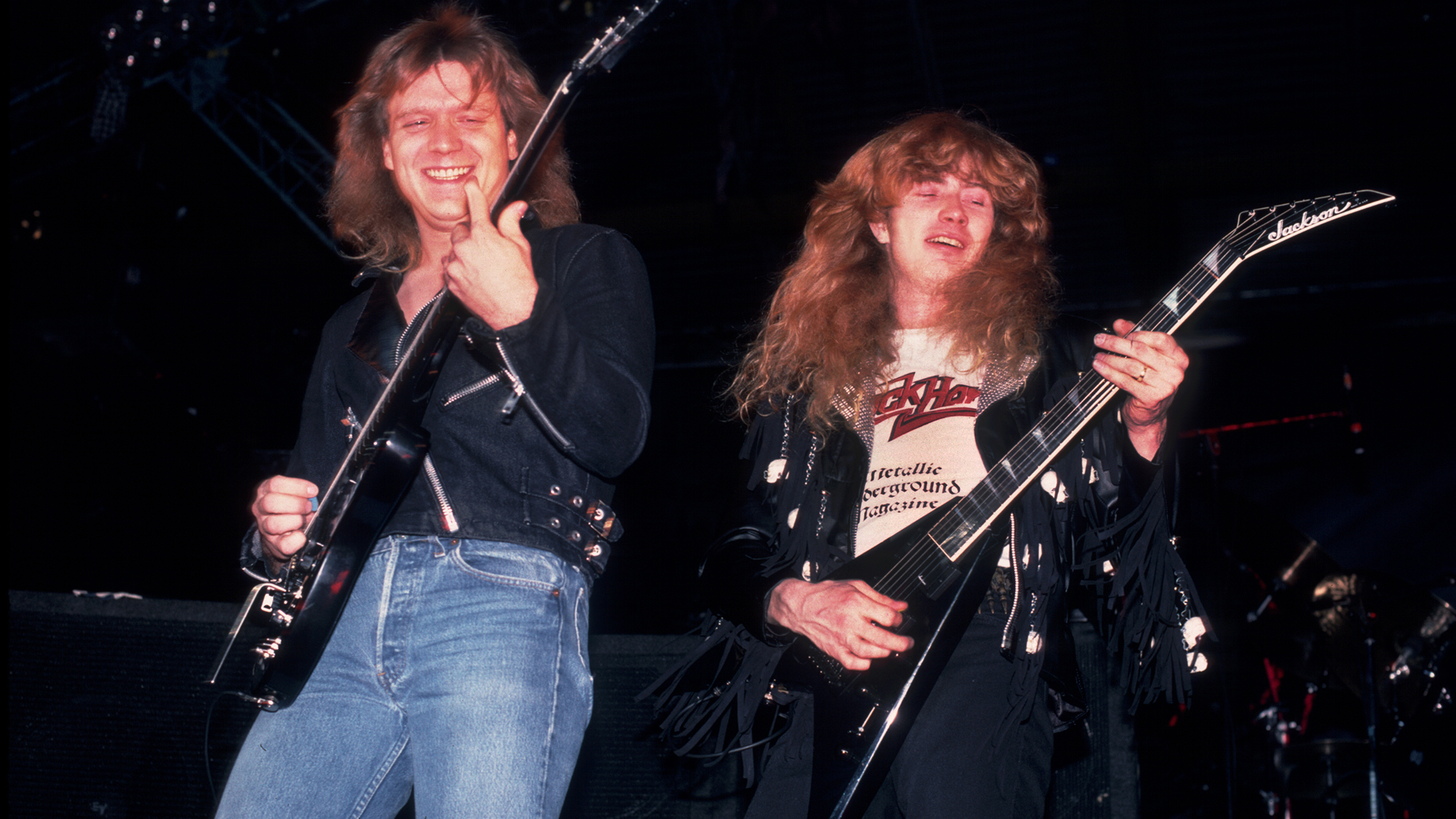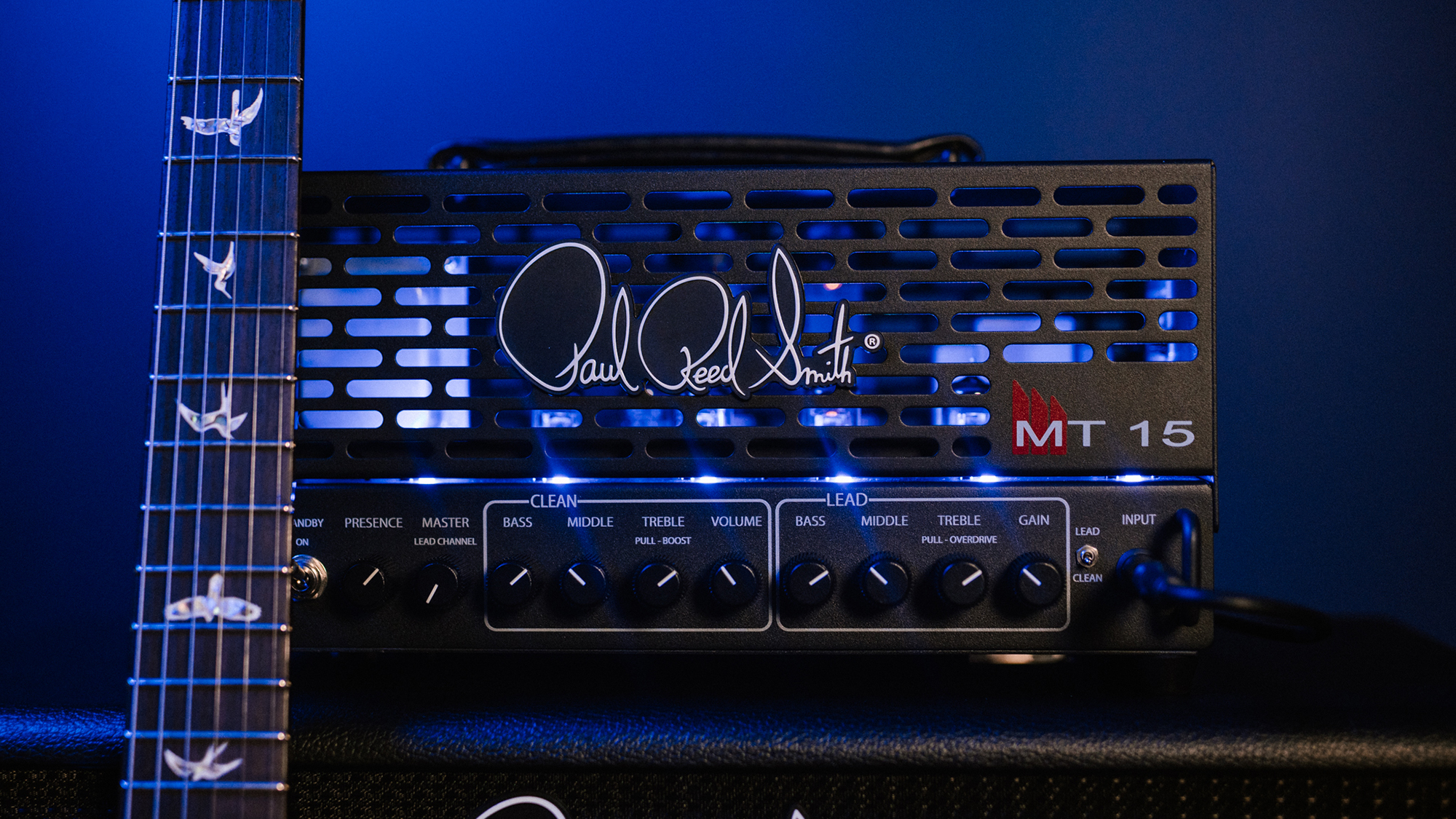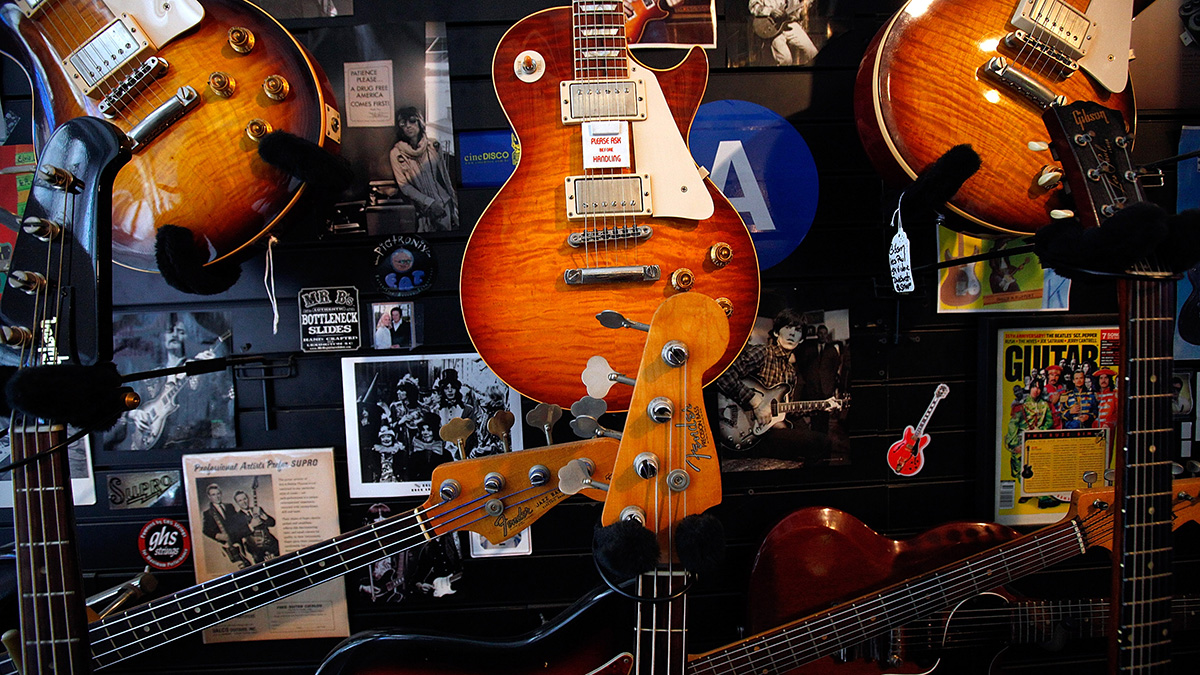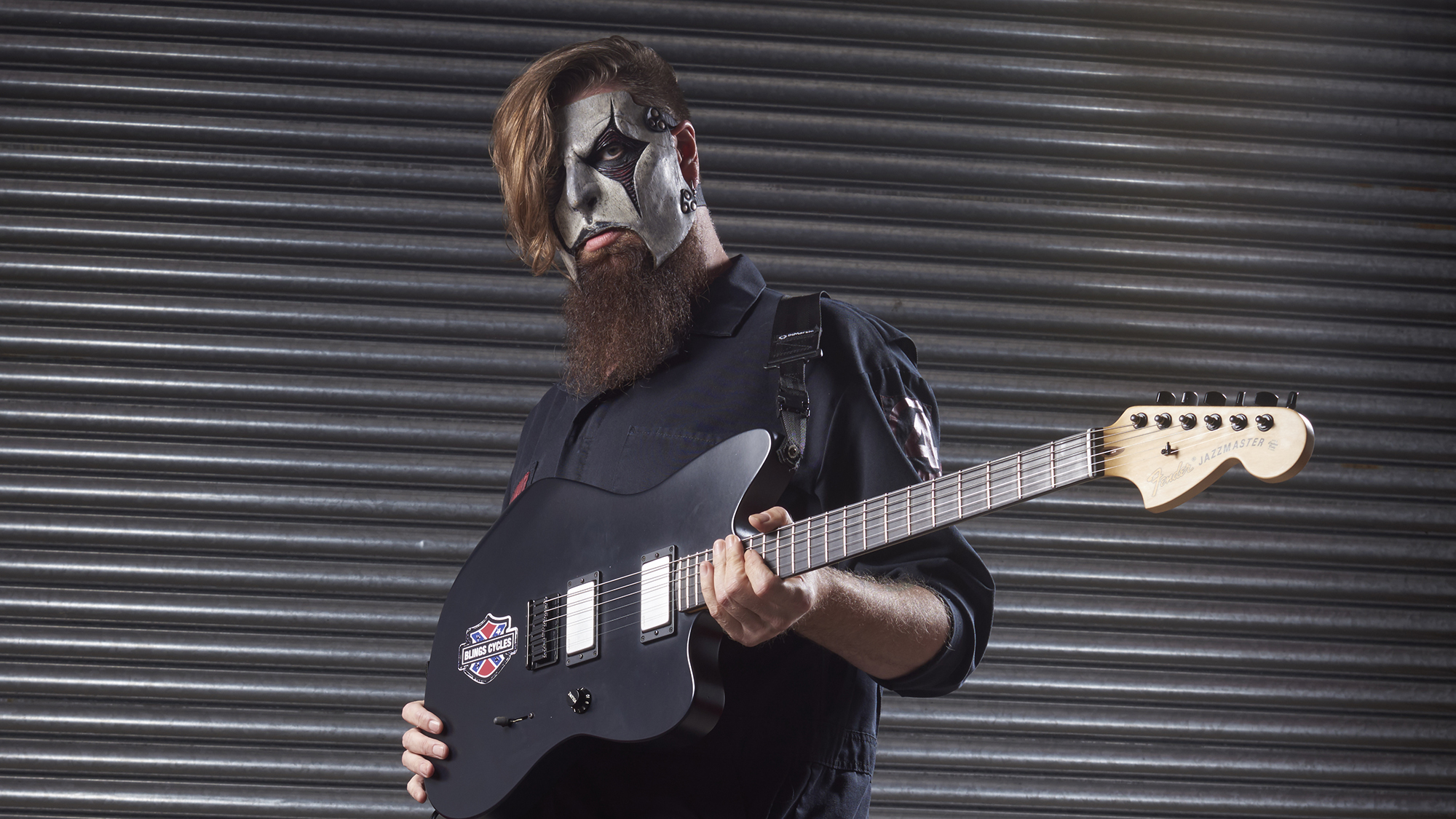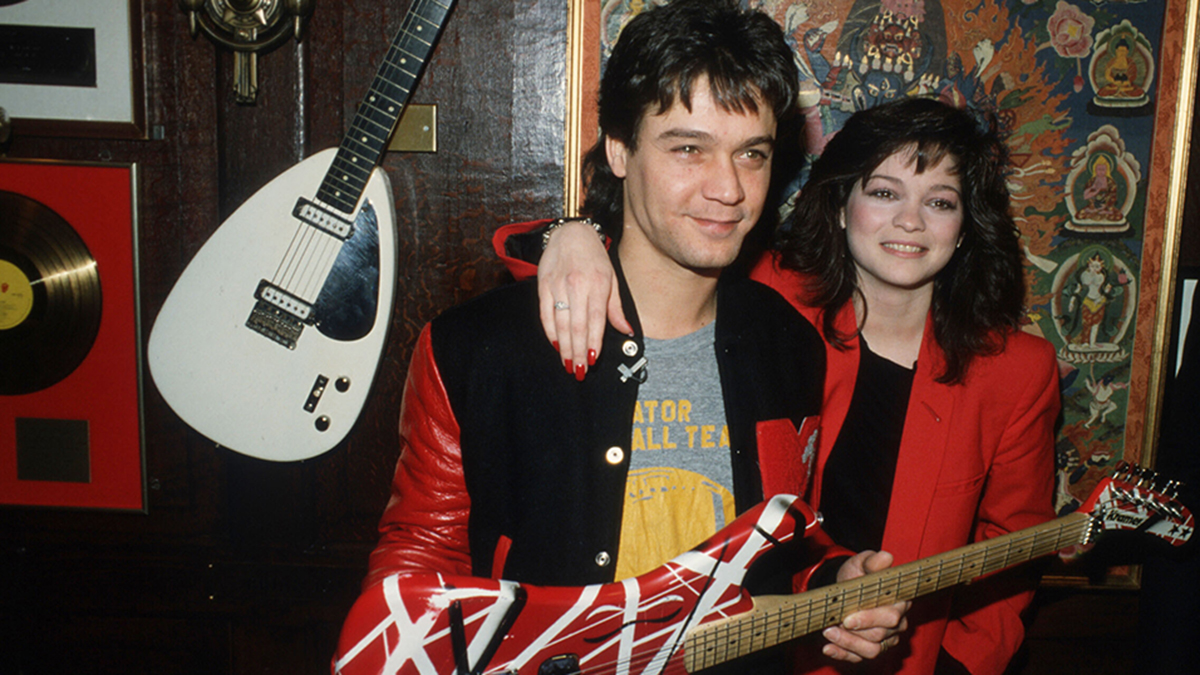Fleetwood Mac's Lindsey Buckingham and Christine McVie Talk Debut Duo Album

The classic Fleetwood Mac lineup always was an odd bunch.
Three members—Mick Fleetwood, John McVie and Christine McVie—came out of the seminal Sixties British blues scene. Which means they had little in common musically with the other two members, the sunny California pop duo of Lindsey Buckingham and Stevie Nicks.
But out of these disparate musical backgrounds, and often conflicting personalities, came one of the great supergroups of the Seventies. With massive hits like “Rhiannon,” “Don’t Stop,” “Go Your Own Way,” “Dreams,” “Over My Head” and “You Make Loving Fun,” Fleetwood Mac ruled the charts throughout the decade. Their 1977 album Rumours has sold 20 million copies to date. Fleetwood Mac continue to be a huge concert draw, and will headline the massive Classic East and West Festivals in July.
Various members of Fleetwood Mac have stepped forward with solo albums and side projects over the years. Buckingham’s own body of sonically adventurous yet poppy solo discs have attracted a substantial following among guitar enthusiasts and fans of well-turned songcraft. But one combination that hasn’t been tried—until now—is pairing Buckingham with keyboardist-vocalist Christine McVie.
Simply titled Lindsey Buckingham/Christine McVie, the new album by Fleetwood Mac’s guitarist and keyboardist—not to mention two of the band’s three vocalists—showcases two superb talents that were often overshadowed by Fleetwood Mac’s iconic singer and dreamy, mystical tunesmith Stevie Nicks. And with Mick Fleetwood’s drumming and John McVie’s bass playing featured prominently on the album, it does at times seem like an alternate reality version of one of pop music’s most iconic bands.
“We probably had a few conversations about getting Stevie involved,” says Buckingham. “But I think that kept getting countermanded by the feeling that this really wanted to be a duet album. I don’t think anyone seriously considered calling it a Fleetwood Mac album with only four out of the five band members on it. That just didn’t seem right.”
Buckingham and Christine McVie only wrote a small handful of songs together during Fleetwood Mac’s heyday. But he says he would often play a role in shaping and developing material the keyboardist had written for the band—“fashioning it into something more structured and record-like,” is how he puts it.
Get The Pick Newsletter
All the latest guitar news, interviews, lessons, reviews, deals and more, direct to your inbox!
“I did the same kind of thing with Stevie’s songs as well. But the thing about Stevie is she’s not a musician, per se. She’s a singer and someone who will write lyrics on a page. And she doesn’t have much to do with it beyond that, in terms of the process of evolving it into a record. Christine, on the other hand, is so grounded in her musicianship, and the sensibilities that go along with that, that she and I were really able to share the whole evolution of any particular song. She appreciated and wanted to be a part of that process, and would often have things to add. So I think that’s a lot of what we have in common. It definitely helps to establish and maintain a camaraderie. It was always there, but it was never tapped into in this context.”
The combination makes for a perfect yin/yang balance of pop sensibilities on the new record, which the guitarist describes as “a very symmetrical give-and-take.” Tracks like “Sleeping Around the Corner” and “Lay Down for Free,” reaffirm Buckingham’s mastery at crafting, huge, gloriously melodic choruses that sweep you up like a wave and carry you out to an ocean of pop bliss. In contrast, McVie tracks like “Game of Pretend” and “Red Sun” are much more willowy, understated and introspective, although also imbued with a deeply seated instinct for pop melodic seduction. The pastoral quality in her work may come from the many years she spent isolated in the English countryside after leaving Fleetwood Mac in 1998.
Both Buckingham and McVie make their instrumental presence felt on the disc. But the mix is heavily grounded in Buckingham’s guitar-centric production style—juxtaposing artfully layered, fingerpicked textures with edgy, angular notched tones and the occasional burst of cranked-up rock guitar swagger. Via the convoluted logic of supergroup side-projects, the Lindsey Buckingham/Christine McVie album started out with some solo tracks that Buckingham put together circa 2013, enlisting the aid of Mick Fleetwood and John McVie in the studio.
“We didn’t spend too long—just a couple of weeks cutting a few things,” Buckingham narrates. “I think we put a couple of those out on the internet. But there were three or four tracks we didn’t do anything with. Then my phone rings in 2014, and Mick is saying, ‘Hey, I got this call from Christine, and she wants to come back and join the band.’ So I said, ‘Well, I better talk to her.’ We had this long conversation. I said, ‘We’d love to have you back. I think it would be a beautiful, circular, karmic thing to have you rejoin at this time. But if you do, you can’t leave again!’
“She said, ‘No, no, no.’ And then she started talking about how she missed not just the interaction with the band on a live level, but also the whole process of being in the studio. I guess she hadn’t written anything in about 10 years. When she left the band, she really burned all the bridges she had. She’d been through a divorce. She sold her house here in L.A., quit the band, went back to England and moved out to the country. Obviously there was some kind of purging—a mass cleaning of the slate that she said she needed to do.”
Amid preparations for Fleetwood Mac’s grand reunion tour with McVie in 2014, the two reacquainted band-mates began trading song demos via email. “Christine said, ‘You know, I got these rough things. I’d love to send them to you and see what you can do with them,’ ” says Buckingham. “Because that was something she and I always had going. So she sent me this stuff—she was still living in England at the time—and I thought, Wow this is really cool. So I told her, ‘Look I’ve got some things too—chord changes and melodies without words, played on guitar.’ I’ll send you those and see what you can do with them.”
The duo next got together for sessions at The Village recording studio in L.A. “We were in Studio B, where Fleetwood Mac cut [their 1979 album] Tusk,” says Buckingham. It was strangely familiar, like a time warp. It hadn’t really changed at all.”
During the high-flying Seventies, Fleetwood Mac had paid a small fortune to indulge in a bit of rock star interior decorating at the studio, installing an English pub in one room and some large, Art Nouveau screens in the main tracking room that just scream “Stevie Nicks Was Here.”
“I had nothing to do with any of that,” Buckingham says with a laugh. “If you think about it, who in their right mind would want to do that? Geordie Hormel, who owned the Village, must have been going, ‘Sure, you can come in and design a room and pay for it. Anything you want. ’Cause you’re gonna leave and I’ll have the studio. So who cares?’ ”
Buckingham hadn’t been back in the historic L.A. studio since those crazy days, save for a brief session with Trent Reznor for Nine Inch Nails’ 2013 album Hesitation Marks. “Trent called me and wanted me to come by and do some stuff with him,” Buckingham recalls. “We were into Pro Tools. He had some grooves and maybe some chord changes, and wanted me to pull out a guitar and just jam over these things. So I was in Studio B with Trent literally for just one day, maybe three years ago now.”
But the sessions with McVie were more in-depth. And, adding to the sense of deja vu, Mick Fleetwood and John McVie were once again drafted in to play drums and bass. The project was interrupted by Fleetwood Mac’s aforementioned 2014 On with the Show tour. But after that wound down, Buckingham and McVie finished up the album.
For several years now, Buckingham has been based in a home studio nestled in a white brick building just steps away from his house in the upscale L.A. suburb of Brentwood.
There, he alternates between a Pro Tools rig and Sony 48-track digital tape machine, cutting tracks with a small, idiosyncratic cache of instruments that includes several guitars custom made for him by luthier Rick Turner. Notably, there’s a modified Model One electric and a Renaissance acoustic/electric. Buckingham still makes extensive use of a Martin D-18 that he’s had since he was a teenager and a 1963 Fender Stratocaster that’s been with him since his high school rock band days in Northern California.
“I’ve had it since I was about 19,” he says and I still use it all the time,” he says of the Strat. “It’s wonderful anytime I want to get something really clean and sort of tiny and delicate, where maybe you double-track or triple-track sections and tweak the pitching to get some phasing going.”
Buckingham is one of few rock guitarists for whom “tiny” is a good word. His songs are built from layers of small, subtle guitar tracks that add up to something large and grand, like flecks of paint on a pointillist canvas.
“It’s definitely unusual,” says his guitar tech Stan Lamendola of the guitarist’s studio approach. “A lot of Lindsey’s guitar tracks are recorded direct—the Strat through a Radial Firefly [direct box] just to level it out a little bit and then going directly to the board. I also split the signal off and put it through a 100-watt Wizard head that I brought in, running that into a KK Audio 2x12 cabinet with Electro-Voice speakers. I had the 2x12 iso-ed with a mic on it. But the majority of what went down to tape was just the direct box.”
Another secret weapon is a Roland VG-8 guitar synthesizer module that Buckingham drives with a Fender American Standard Strat equipped with a synth pickup. It’s responsible for quite a few guitar tones on the album, including the full-on rock solos in “Too Far Gone” and “Carnival Begin,” and Buckingham’s gauzy, aquatic solo tone for “In My World.”
“A lot of times you don’t have to go for the actual analog sound,” he says. “If you’re going for a dirty sound, and it’s already in a computer or on a Roland synth, there’s no point, really, in messing with an amp.”
Although Buckingham and McVie’s diverse talents mesh symbiotically on their new album, they really don’t seem to have very much at all in common—musically or otherwise. Asked what kind of music they bond over, Buckingham replies, “I don’t know if there really is any, in terms of what’s out there on the radio. All the songs I would listen to and talk about, I don’t think she’d have heard. She wouldn’t know who Vampire Weekend was. Anything at all that’s sort of young and current. Not to say she wouldn’t enjoy it. But she hasn’t pursued that.”
Given these divergent frames of reference, there were times when it took a while for the two of them to get in sync. “She’s got her taste, and I think she’s writing better than ever,” Buckingham says. “She’d written the second song on the album, ‘Feel About You,’ as very much a standard Fleetwood Mac-y kind of thing. And I was trying to retool it and make it feel a little more modern in a way she couldn’t wrap her head around at first. But then people would come in and really love it, and she started to understand.”
McVie brings some pretty serious musician cred of her own to the party. Performing under her birth name Christine Perfect, she hit the London blues scene just as it was exploding, circa 1966-67. She sang with U.K. r&b legend Spencer Davis, and was the keyboardist and singer with the band Chicken Shack.
Her throaty vocal on the band’s 1967 cover of Etta James’ “I’d Rather Go Blind” gave Chicken Shack a U.K. hit. (Today’s listeners might be familiar with the Joe Bonamassa/Beth Hart recording of the same song.) After marrying John McVie in 1969, Christine essentially became Peter Green’s replacement in Fleetwood Mac after the guitar legend left the band in 1970. Her songwriting and vocals helped anchor Fleetwood Mac during the band’s “lost years” between their Brit blues/Peter Green period and the golden Buckingham Nicks run.
But when asked if he was awed by any of Christine’s history when he first joined Fleetwood Mac in 1975, Buckingham demurs. “I don’t think I was, necessarily. I certainly had been a Peter Green fan, and I was in awe of some of the things that Fleetwood Mac had done. But I was never a huge connoisseur or fan of the blues. And not all, but certainly a lot of Christine’s early stuff was based in that. Of course, though, I was charmed by some of things she had done on the last few Fleetwood Mac albums leading up to [guitarist] Bob Welsh leaving the band.”
Truth to tell, Buckingham was somewhat ambivalent about joining Fleetwood Mac when the offer came from Mick Fleetwood in late 1974, early 1975. Buckingham still had hopes that his duo act with Stevie Nicks would take off in a big way—despite the fact that they’d been dropped by their label after their 1973 debut album.
At the time, Fleetwood Mac’s musical direction was somewhat adrift and there was no indication that they’d become the block-buster brand they now are. So his and Nicks’ decision to join, says Buckingham, “was not a clear, ‘Oh my God, what a great break this is!’ kind of moment. We felt like we were giving up on us, and we didn’t really know what the reality of the upside was yet.”
And of course it wasn’t long after Buckingham and Nicks joined Fleetwood Mac that all hell broke loose in the marital strife department. “You have to remember that we came into the band at a point where Stevie and I were poised to break up,” he says. “We hadn’t yet, but the seeds were sown. And John and Christine, while still married, were even further down the line toward a breakup. Christine was really on her way out of that marriage. And of course that was what fueled a lot of the songwriting on Rumours, and what people tended to invest in us as a band and individuals. Part of our success was that dysfunction. But it hardly set the stage for any of us hanging out all the time.”
So amid dysfunction, drugs and other wild interludes in fame and fortune’s crazy tango in the night, Lindsey Buckingham and Christine McVie never really got to connect that much—until now, of course. Buckingham has often spoken of his career in terms of its big machine—Fleetwood Mac—and the little machine, i.e., his solo work. So where does this record with Christine McVie fit in?
“That’s a very good question,” he says.
“Where does it fall? It’s certainly not as experimental as what I would be doing on my own. Because John and Mick are also on it, it has a Fleetwood Mac kind of feel. So I guess it falls more toward the big machine in that sense. But I think songs like ‘Sleeping Around the Corner’ and ‘Love Is Here to Stay’ are probably a bit more off to the side. They probably make it a little ‘smaller.’ I think there’s really something to be said for there being two authors as well. It changed the whole equation of what it adds up to. I’m not sure I can be too objective about what it is. But it allows a little more of each of our ranges to come into play in a way I think is really healthy. So maybe it’s the medium machine.”
In a career that spans five decades, Alan di Perna has written for pretty much every magazine in the world with the word “guitar” in its title, as well as other prestigious outlets such as Rolling Stone, Billboard, Creem, Player, Classic Rock, Musician, Future Music, Keyboard, grammy.com and reverb.com. He is author of Guitar Masters: Intimate Portraits, Green Day: The Ultimate Unauthorized History and co-author of Play It Loud: An Epic History of the Sound Style and Revolution of the Electric Guitar. The latter became the inspiration for the Metropolitan Museum of Art/Rock and Roll Hall of Fame exhibition “Play It Loud: Instruments of Rock and Roll.” As a professional guitarist/keyboardist/multi-instrumentalist, Alan has worked with recording artists Brianna Lea Pruett, Fawn Wood, Brenda McMorrow, Sat Kartar and Shox Lumania.


